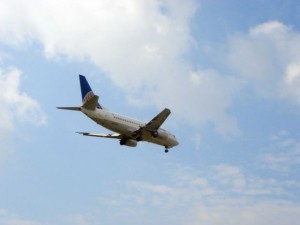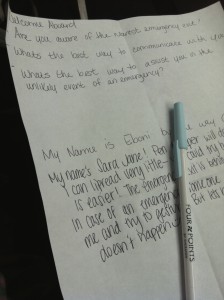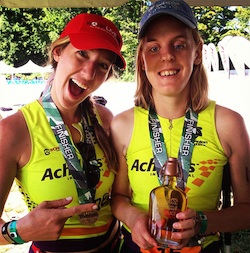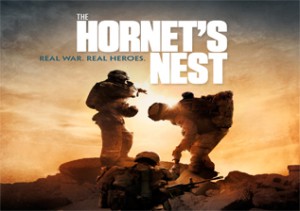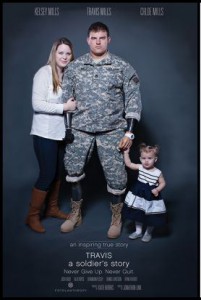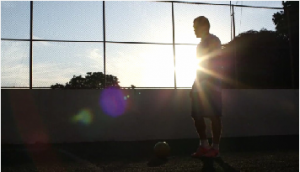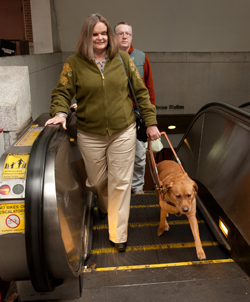Rehab matchmaker and Utilize Health founder lights a fire in Ben
by Ben Trockman
My hometown of Evansville, Indiana, is one of those little big cities. We are big enough to have very successful business men and women, but also small enough for your local farmer to prosper. It is a town where I can tell a story to a friend over lunch, and count on half of the city knowing that exact story the next week (well, maybe not the exact same story, but close).
The spinal cord injury (SCI) community in Evansville is the same way. Although there may not be more than 20 people with SCI’s in our little big city, we are all there to support each other. When someone is injured nearby, the families of the injured can count on a hospital visit from one of us.
I’d like to think the families are appreciative of these visits, especially when they are in a situation when they don’t know what in the world to do, and where to turn next. After my accident in 2006, my family and I were in this same lost and confused situation, but we were lucky enough to have the guidance from a kind and sincere family from Evansville: the Greenfields.
At age 17, Jessica Greenfield Harthcock was injured while practicing gymnastics, and became paralyzed from the chest down. Doctors told her that she would never walk again, but that devastating news did not deter her spirits. Since her injury, Jessica has graduated with a Master’s degree from Vanderbilt University and married her athletic and personal trainer Adam Harthcock, who is now one of the business partners helping her launch her own company, Utilize Health.
Utilize Health is an online-based company dedicated to making the perfect match of people with disabilities to a perspective rehab hospital. The idea of the company was derived from her own experiences after her spinal cord injury. Jessica and her family vigorously searched for the appropriate rehab hospitals to help treat her injury, and there was no clear-cut way to try to figure out what might be the best thing to do. I can tell you from my own experience that it took a tremendous amount of time for my family to find the right rehab hospital that had the most beneficial therapy for me. This is why Jessica created Utilize Health — to help people who are in need find insightful and knowledgeable information, and lead them in the right direction.
Jessica is one of the most enthusiastic and outgoing people that I have ever met. She is definitely someone I looked up to after my injury, and she showed me that the future was bright, even though tough times laid ahead. I have tremendous respect for Jessica – she continues to set the bar high, especially now that she has set her entrepreneurial sites on starting this new company.
Utilize Health is currently in a crowdfunding stage, and I encourage you to visit their IndieGoGo page and see what they are doing to help guide people and their families!
With guidance provided by people and companies like Utilize Health, folks who sustain injuries like the ones Jessica and I have can be properly matched to find the right therapies.
In fact – here is your success story – after years of hard work at multiple rehab institutes, Jessica is now walking. She has gone from using the assistance of canes and walkers to walking without any assistance whatsoever — take that, doctors!
It is amazing to know that there are people out there like Jessica, who go through crazy life changing experiences, take them on with a head full of steam, and come out better than before. Not only is she conquering her disability, but she is dedicating her life to fixing a problem that she encountered herself.
People like Jessica inspire me to continue working hard, fixing the wrongs, improving the status quo, and making a difference in people’s lives. Helping people should never go unnoticed, and should never be underrated. I hope my sharing Jessica’s story inspires you to do something special, and make a difference. She sure got me!








